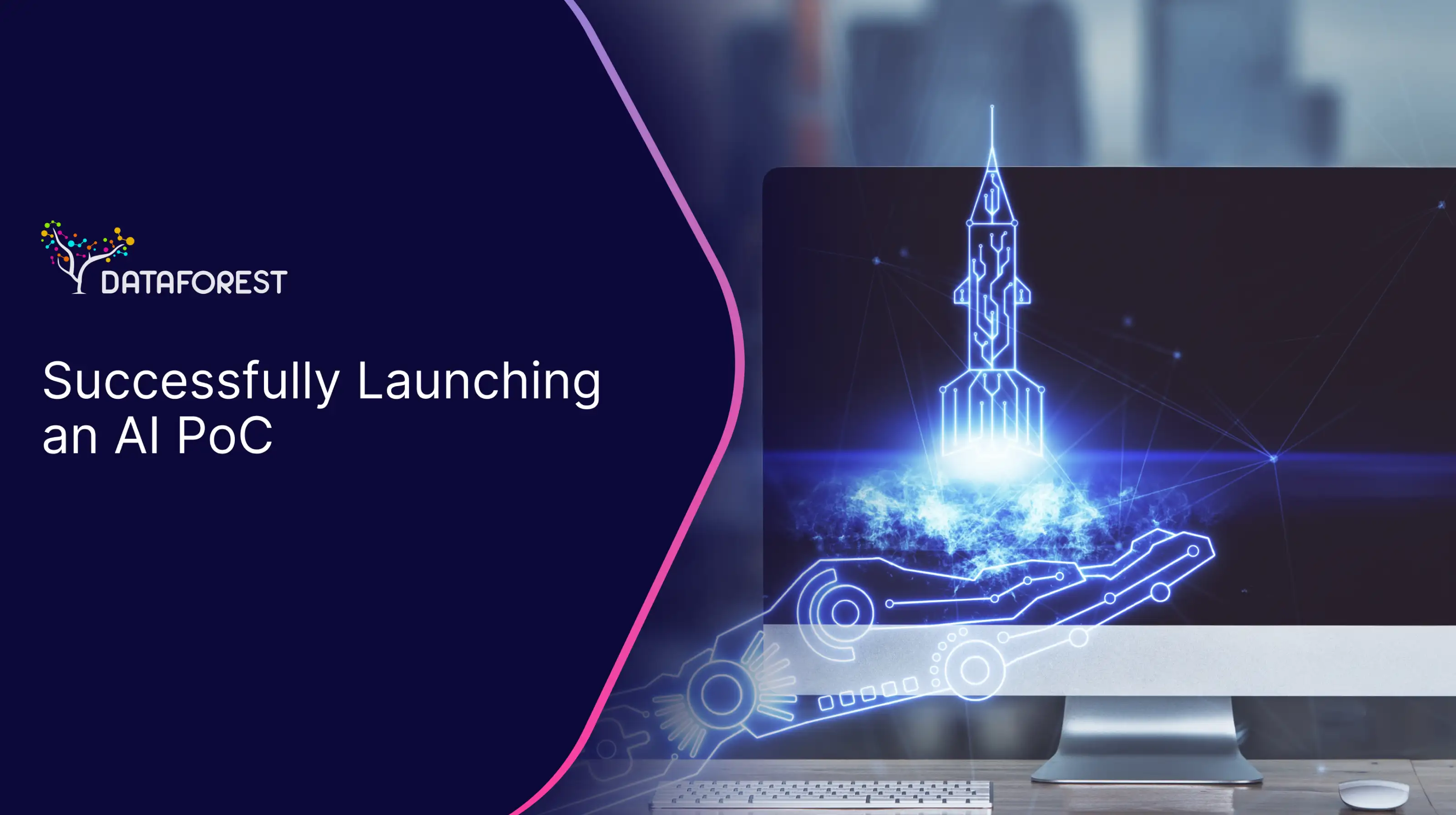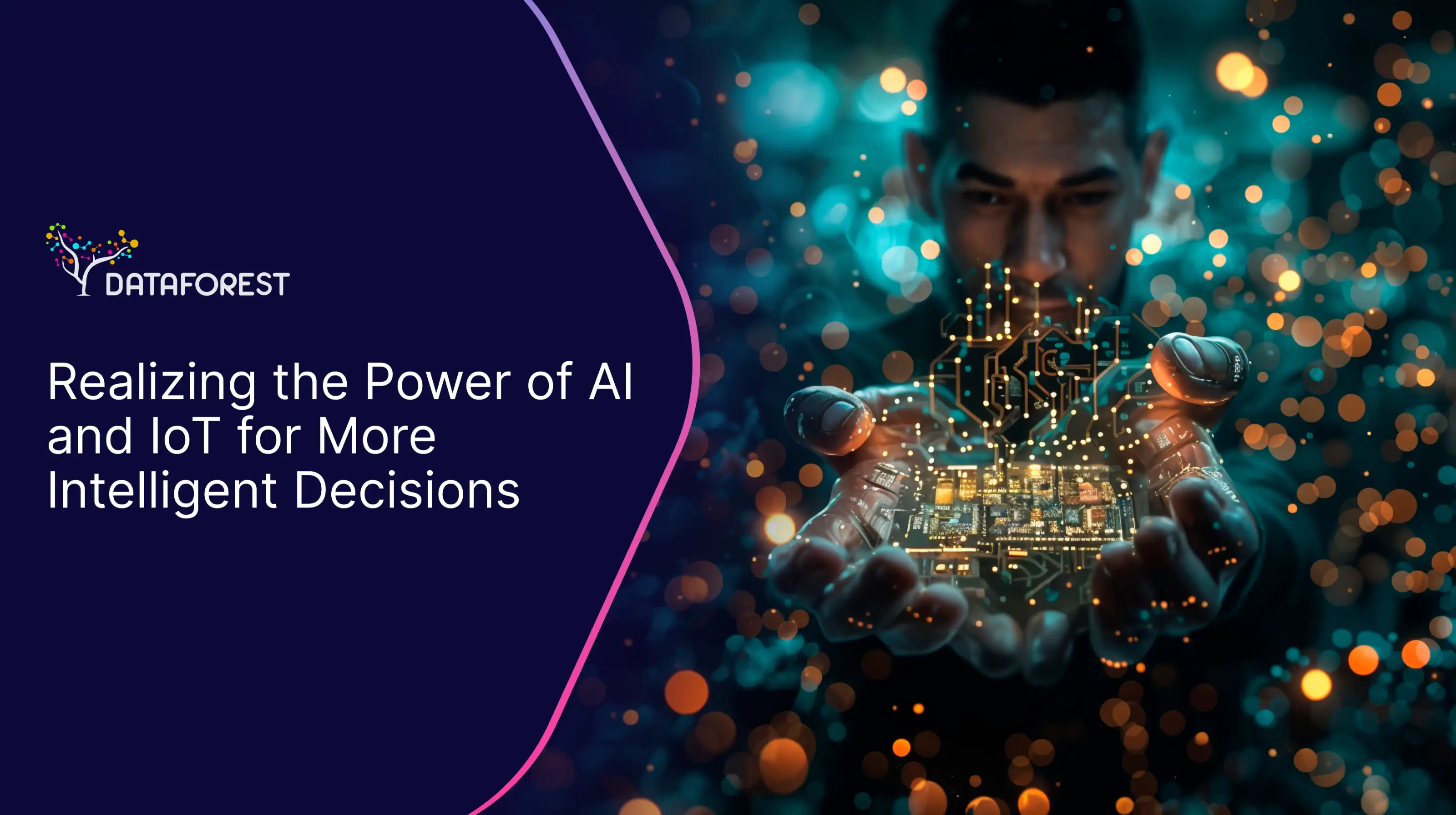Share
Table of contents:

Data privacy, also known as information privacy, refers to the practice and principles of handling personal data responsibly, ensuring individuals’ control over how their personal information is collected, processed, stored, shared, and disposed of. In the context of digital technologies, Big Data, and data science, data privacy is increasingly critical as the scale and sensitivity of data collected from individuals have grown, raising the importance of safeguarding data against unauthorized access and misuse.
Core Characteristics of Data Privacy
- Definition and Scope:
- Data privacy encompasses rules, practices, and technologies that protect personal information, granting individuals the right to know how their data is collected and used. Personal information can include identifiers like names, contact details, financial information, location data, online behavior, and biometrics.
- Privacy extends beyond security to address whether data should be collected in the first place and the degree to which data subjects have control over their information. It often requires balancing data protection with organizational goals, such as using data to improve services, personalize experiences, or drive business insights.
- Key Principles of Data Privacy:
- Consent: Users should provide informed, explicit consent before their data is collected or processed. Consent ensures that data subjects are aware of data collection practices and are given control over their personal information.
- Purpose Limitation: Data must only be used for specific, clearly defined purposes. Once collected, data should not be repurposed without obtaining additional consent or updating individuals on the new purpose.
- Data Minimization: Only essential data should be collected and processed, reducing exposure to potential risks by limiting the volume and type of data held.
- Accuracy: Data collectors are responsible for maintaining accurate, up-to-date data. Inaccuracies should be corrected promptly to avoid harm or misleading uses.
- Storage Limitation: Data should only be retained for as long as necessary for the specified purpose, after which it should be securely deleted or anonymized.
- Security: Measures must be in place to protect data from unauthorized access, breaches, and loss, typically involving encryption, access controls, and data masking.
- Data Privacy Regulations:
- Various regulations govern data privacy globally, each imposing specific standards and penalties for non-compliance. Key regulations include:
- GDPR (General Data Protection Regulation): A comprehensive European Union regulation mandating strict data privacy and security measures for organizations that handle EU citizens’ data. It emphasizes user rights, such as the right to be forgotten and data portability.
- CCPA (California Consumer Privacy Act): A U.S. law granting California residents rights to know what personal data is collected, access their data, and request its deletion.
- HIPAA (Health Insurance Portability and Accountability Act): U.S. regulations focused on protecting personal health information (PHI) within the healthcare industry.
- Compliance with these regulations requires organizations to establish privacy policies, conduct risk assessments, and provide transparent data practices.
- Various regulations govern data privacy globally, each imposing specific standards and penalties for non-compliance. Key regulations include:
- Techniques for Ensuring Data Privacy:
- Data Anonymization and Pseudonymization: Techniques that alter personal identifiers to protect individual identity. Anonymization removes all identifiers irreversibly, while pseudonymization replaces identifiable information with pseudonyms, allowing some reversibility under strict conditions.
- Encryption: The process of encoding data such that only authorized parties can access it. Encryption secures data at rest (in storage) and in transit (when transmitted across networks).
- Access Control: Restricting data access to authorized individuals through permissions, multi-factor authentication, and role-based access controls.
- Privacy Impact Assessments (PIA): Evaluating how data processing affects individuals’ privacy to identify risks and implement mitigation strategies.
- User Rights under Data Privacy:
Under many privacy laws, individuals are granted rights concerning their data, including:- Right to Access: Individuals can access and review the personal data an organization holds on them.
- Right to Rectification: Users can request corrections to inaccurate or incomplete data.
- Right to Deletion (Right to be Forgotten): Individuals may request data deletion when it is no longer necessary or when consent is withdrawn.
- Data Portability: Allows users to transfer their data from one service provider to another in a structured, machine-readable format.
- Right to Object: Users can object to data processing, especially for marketing purposes.
- Privacy by Design and by Default:
- Privacy by Design: An approach that embeds privacy considerations into the design of systems, processes, and technologies from the outset, rather than adding privacy measures after development.
- Privacy by Default: Configuring systems to prioritize privacy settings, ensuring minimal data processing by default. This principle ensures that only necessary data is processed, with features like default opt-out options for data sharing.
- Data Privacy Challenges in Big Data and AI:
- Data Aggregation: Large-scale data aggregation can lead to re-identification of individuals from anonymized datasets. Even anonymized or pseudonymized data can potentially reveal identities when combined with other datasets.
- Machine Learning Models: Training machine learning models on personal data can inadvertently expose private information. Techniques like federated learning and differential privacy are increasingly used to mitigate this risk.
- Data Transfer Across Borders: Cross-border data flows raise privacy concerns, as data protection standards vary by jurisdiction. Many regulations restrict international data transfers unless equivalent protections are guaranteed.
- Technologies Supporting Data Privacy:
- Differential Privacy: A method that adds noise to datasets, protecting individual data points while preserving the dataset's overall accuracy. It ensures data used in analytics does not inadvertently reveal private information.
- Federated Learning: A machine learning approach where data remains localized, and only model updates are shared, reducing the need to transfer personal data to a central server.
- Blockchain: Offers potential for decentralized identity management, where individuals retain control of their personal information.
- Data Privacy in Practice:
- Organizations must establish and enforce privacy policies, ensure employee training on privacy protocols, and adopt privacy-preserving technologies and strategies.
- Privacy audits and continuous monitoring help maintain compliance and adapt to evolving data protection standards, particularly in data-centric industries such as healthcare, finance, and technology.
Data privacy is essential in digital, data-driven industries and applications that collect, analyze, and store personal information. Privacy measures safeguard individual rights, build user trust, and ensure compliance with global regulations, creating a foundation for ethical data use in AI, Big Data, and analytics environments.











